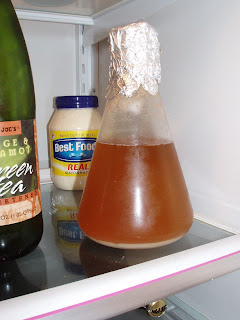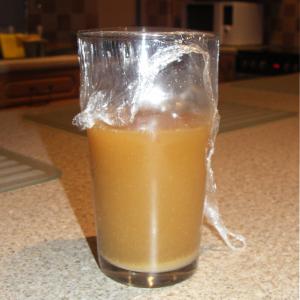snipper_cr
Well-Known Member
So I made a starter for the first time. Boiled a pint of water with 1/2 cup of DME, cooled and pitched my white labs vile I received by mail from Northern Brewer (+1 to them for great service).
48 hours later, my solution is cloudy, minor layer of yeast on bottom but I've noticed no major activity. Currently I see a few very fine streams of bubbles coming up which shows me there is SOME activity, but no Krausen or anything like that. I would like to brew tomorrow but if the starter isn't ready, I can wait.
Is it possible the yeast didn't make it through shipment? Should I build the yeast up again with another starter, or like all things homebrew, let time make it better?
Cheers and happy friday.
48 hours later, my solution is cloudy, minor layer of yeast on bottom but I've noticed no major activity. Currently I see a few very fine streams of bubbles coming up which shows me there is SOME activity, but no Krausen or anything like that. I would like to brew tomorrow but if the starter isn't ready, I can wait.
Is it possible the yeast didn't make it through shipment? Should I build the yeast up again with another starter, or like all things homebrew, let time make it better?
Cheers and happy friday.





